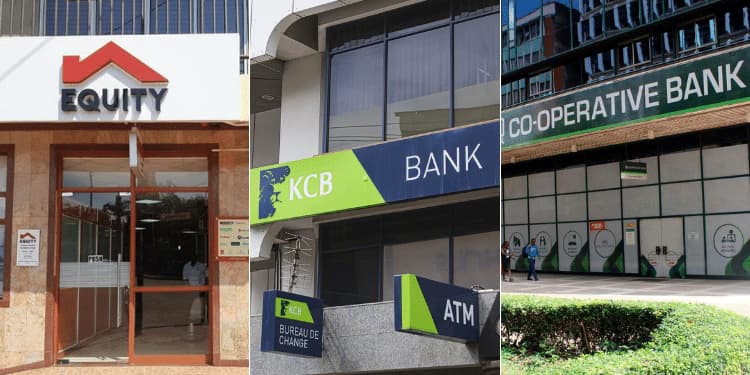Loading News Article...
We're loading the full news article for you. This includes the article content, images, author information, and related articles.
We're loading the full news article for you. This includes the article content, images, author information, and related articles.
A new Central Bank of Kenya survey reveals that a majority of banks expect lower demand for credit in the October-November 2025 period, primarily due to diminished disposable incomes and cautious lending practices.

A recent Central Bank of Kenya (CBK) survey indicates that 67 percent of polled bankers anticipate low to very low demand for credit between October and November 2025. This marks a significant shift from the August-September 2025 window, where 81 percent of respondents had projected moderate to high demand for lending.
The expected decline is attributed to several factors, including reduced disposable incomes among households due to increased statutory levies, such as the affordable housing levy and the Social Health Insurance Fund. These deductions have significantly cut take-home earnings for workers, impacting their purchasing power.
Furthermore, banks are adopting a more cautious lending approach as they transition to a new Risk-Based Credit Pricing Model, which took effect for new variable-rate loans on September 1, 2025, and will be fully operational by March 2026. This model, which uses the Kenya Shilling Overnight Interbank Average (KESONIA) as a reference rate with an added premium, is expected to influence lending to riskier borrowers.
Despite the anticipated dip in loan demand for the immediate future, the CBK has been actively working to stimulate economic growth through monetary policy adjustments. On Tuesday, October 7, 2025, the Monetary Policy Committee (MPC) lowered the Central Bank Rate (CBR) by 25 basis points to 9.25 percent, marking the eighth consecutive reduction. This move aims to lower borrowing costs and encourage lending to businesses and households.
Private sector credit growth had shown a strong rebound, rising to 5.0 percent in September 2025, up from 3.3 percent in August and a contraction of 2.9 percent in January 2025. This growth was observed across key sectors such as manufacturing, building and construction, and consumer durables, largely driven by declining lending interest rates.
Kenya's economy is projected to grow by 5.4 percent in 2024 and 5.6 percent in 2025, primarily driven by services and household consumption. Inflation is expected to fall to 6.2 percent in 2024 and 5.5 percent in 2025, remaining within the CBK's target range of 2.5 percent to 7.5 percent.
While the CBK and some economic forecasts paint an optimistic picture for overall economic growth, concerns remain regarding the impact on individual Kenyans and businesses. The Federation of Kenya Employers estimates that cumulative statutory deductions now account for between 40 and 45 percent of gross pay on average, contributing to reduced disposable income.
The high non-performing loan (NPL) ratio, which stood at 17.1 percent in September 2025, down from 17.6 percent in June, also presents a risk to private sector credit growth. Banks' cautious lending due to the new risk-based pricing model could further impact credit access for some borrowers.
The full impact of the new Risk-Based Credit Pricing Model on loan uptake and the banking sector's profitability remains to be seen. While the CBK aims for improved transmission of monetary policy, the cautious approach by banks and reduced consumer purchasing power could temper the intended stimulus.
The MPC is set to meet again in December 2025 to monitor the impact of its recent policy decisions and broader economic developments.
Observers will be keenly watching the evolution of private sector credit growth in the coming months, particularly as the new risk-based pricing model becomes fully entrenched. The government's fiscal consolidation strategy and its impact on household incomes will also be a critical factor in determining future loan demand.
Keep the conversation in one place—threads here stay linked to the story and in the forums.
Other hot threads
E-sports and Gaming Community in Kenya
Active 6 months ago
Popular Recreational Activities Across Counties
Active 6 months ago
The Role of Technology in Modern Agriculture (AgriTech)
Active 6 months ago
Investing in Youth Sports Development Programs
Active 6 months ago